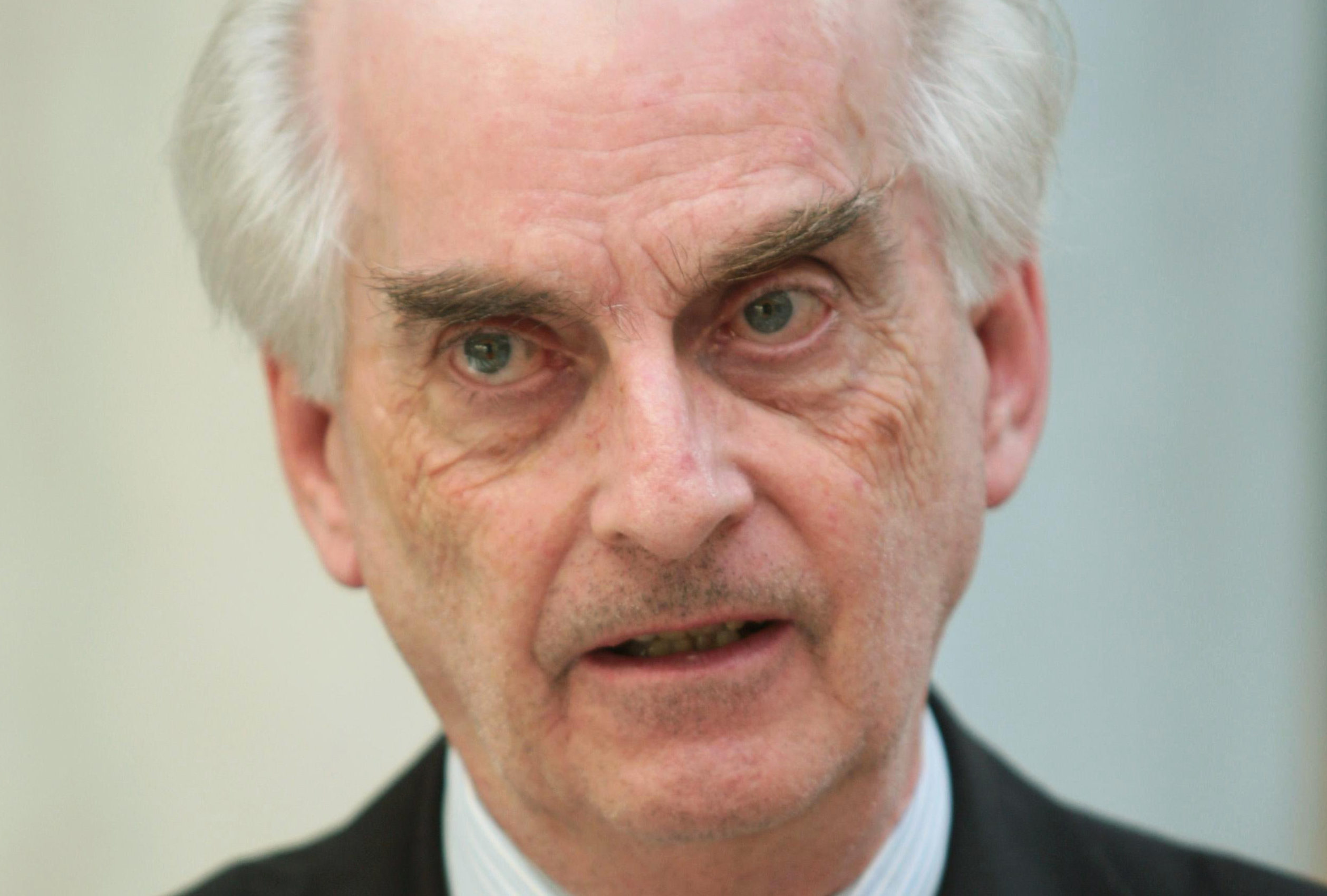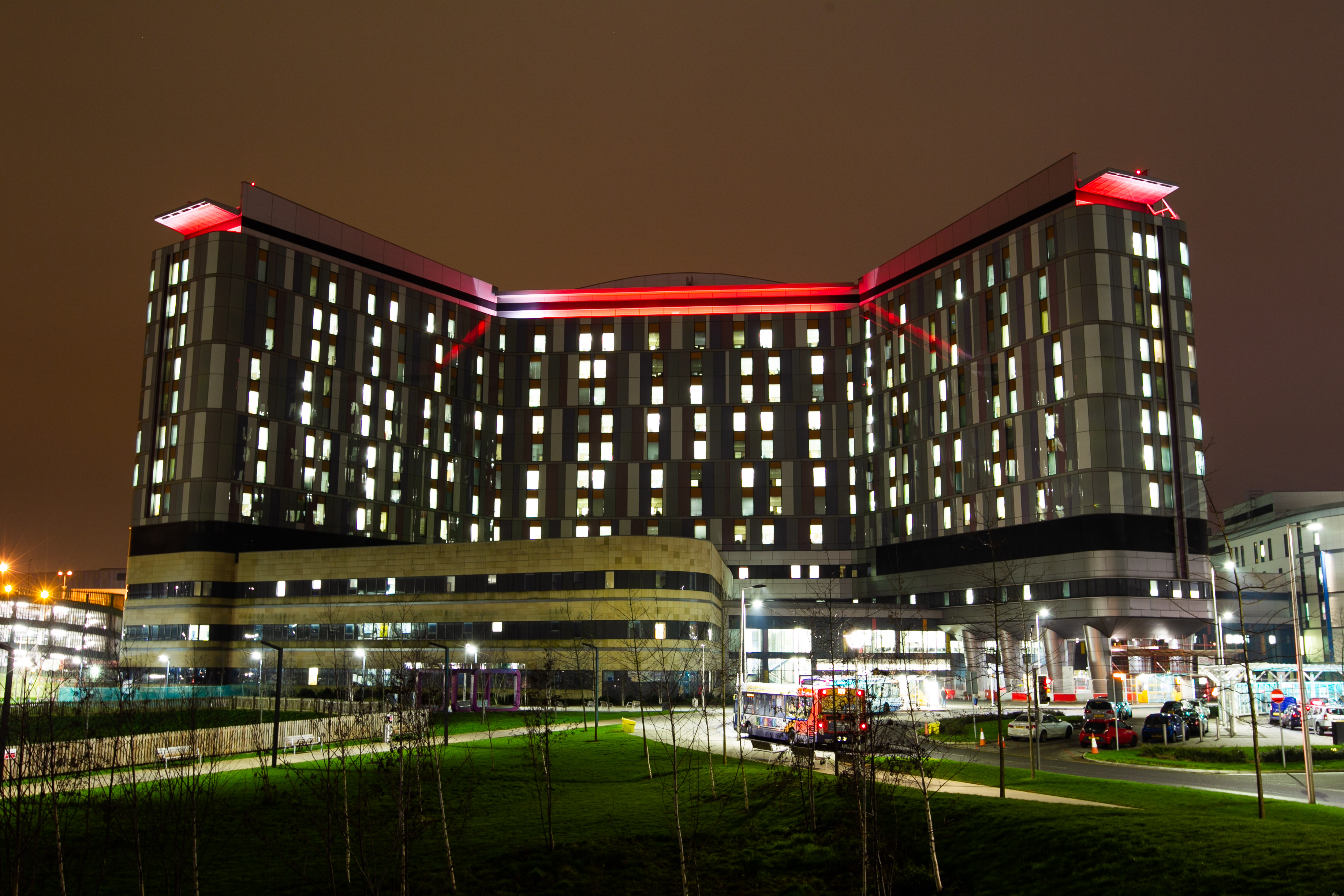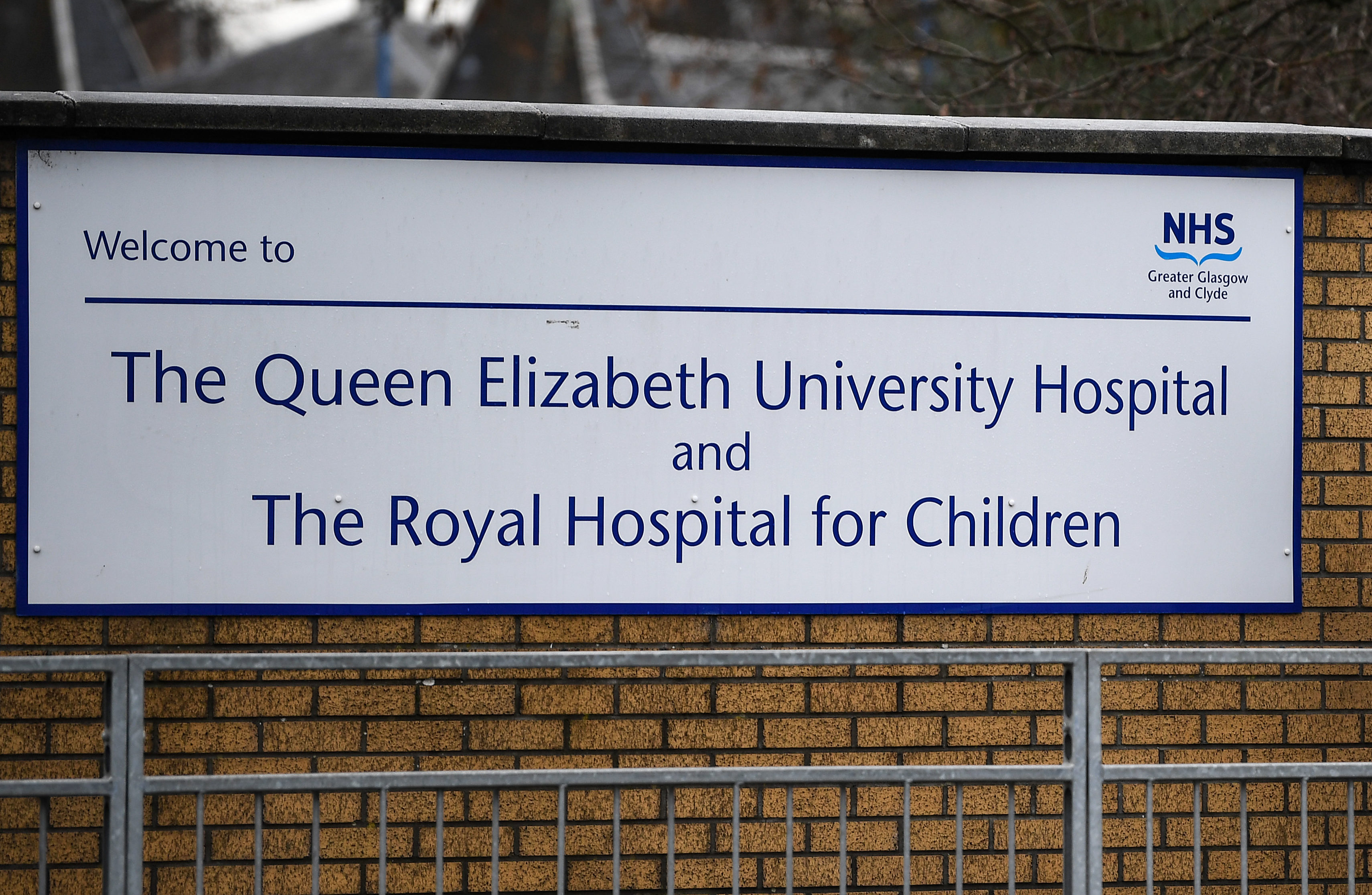
THE decision to move the young patients into adult wards may have inadvertently placed them at greater risk, believes Scotland’s leading microbiologist.
Professor Hugh Pennington said it was a case of “out of the frying pan, into the fire” for young patients who were moved from the Royal Hospital for Children to the Queen Elizabeth hospital next door.
The move exposed them to cryptococcus, a deadly infection caused by pigeon droppings, which he said is more serious than a bacterial infection found in the children’s hospital.
The Emeritus Professor of Bacteriology at the University of Aberdeen said: “It was out of the frying pan and into the fire, for one of these children anyway, in the sense that children were moved from a place where there was quite a serious, but a treatable risk, to an area where the air was contaminated with cryptococcus.
“It was inadvertent but the lesson from it is, the first problem – the bacteria in the water – shouldn’t have happened. It didn’t come out of the blue. It had happened at other hospitals and one would not have expected to see bacteria in the water at a new hospital.
“So, there shouldn’t have been a need to move the children in the first place.”
He said cryptococcosis is treatable but doctors caring for the child may not have looked for it.
“Cryptococcosis is more serious than the bacterial infection at the children’s hospital in the sense that the children who were immunosuppressed were at risk of a serious infection that is quite difficult to diagnose, in that they were not looking for it.
“It’s not something you’d look for on a routine basis.”
He added: “There simply shouldn’t be pigeons in a hospital. It’s a design and a maintenance issue which should be quite straight-forward to resolve.”

Enjoy the convenience of having The Sunday Post delivered as a digital ePaper straight to your smartphone, tablet or computer.
Subscribe for only £5.49 a month and enjoy all the benefits of the printed paper as a digital replica.
Subscribe © Andrew Cawley
© Andrew Cawley